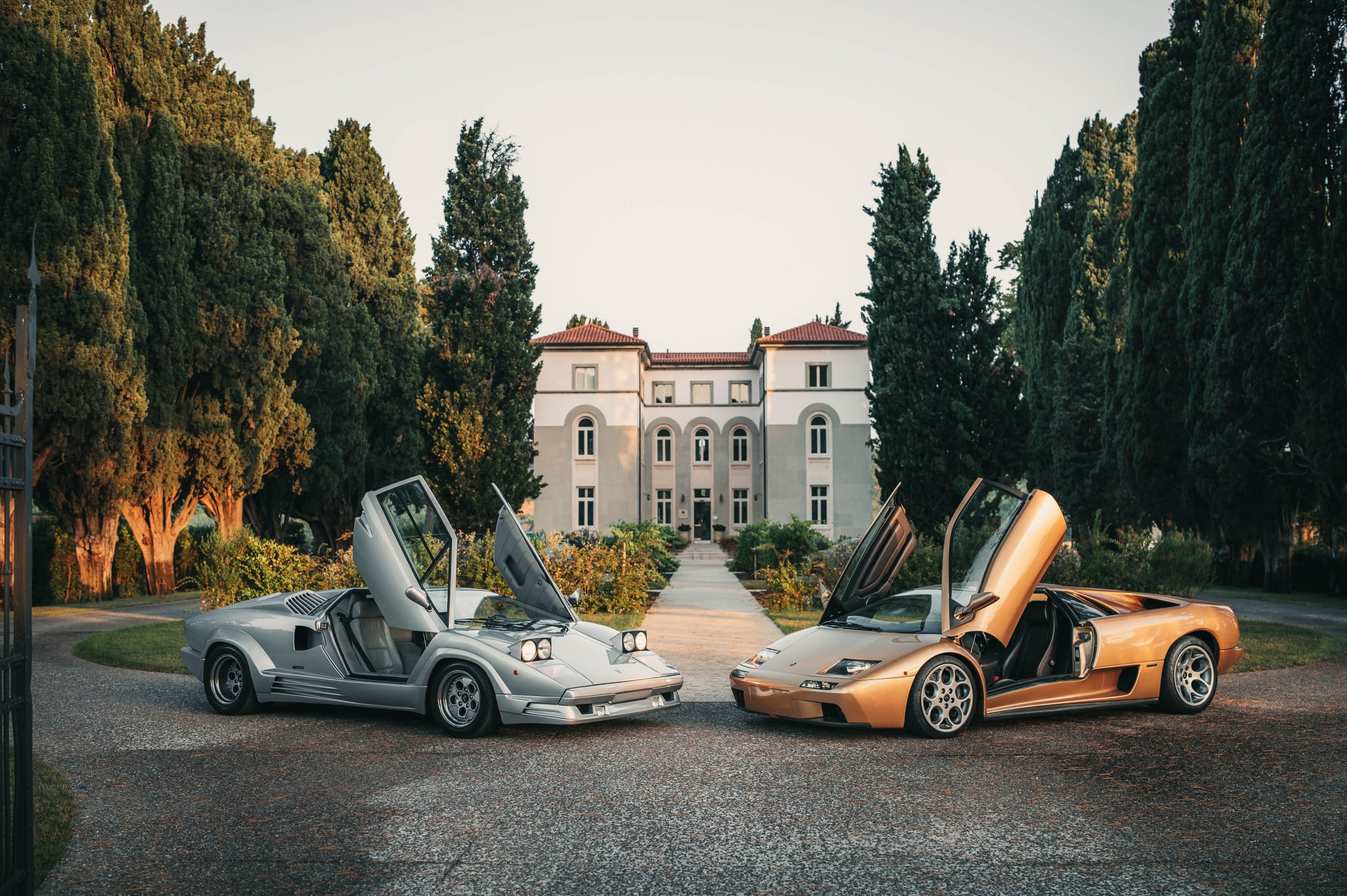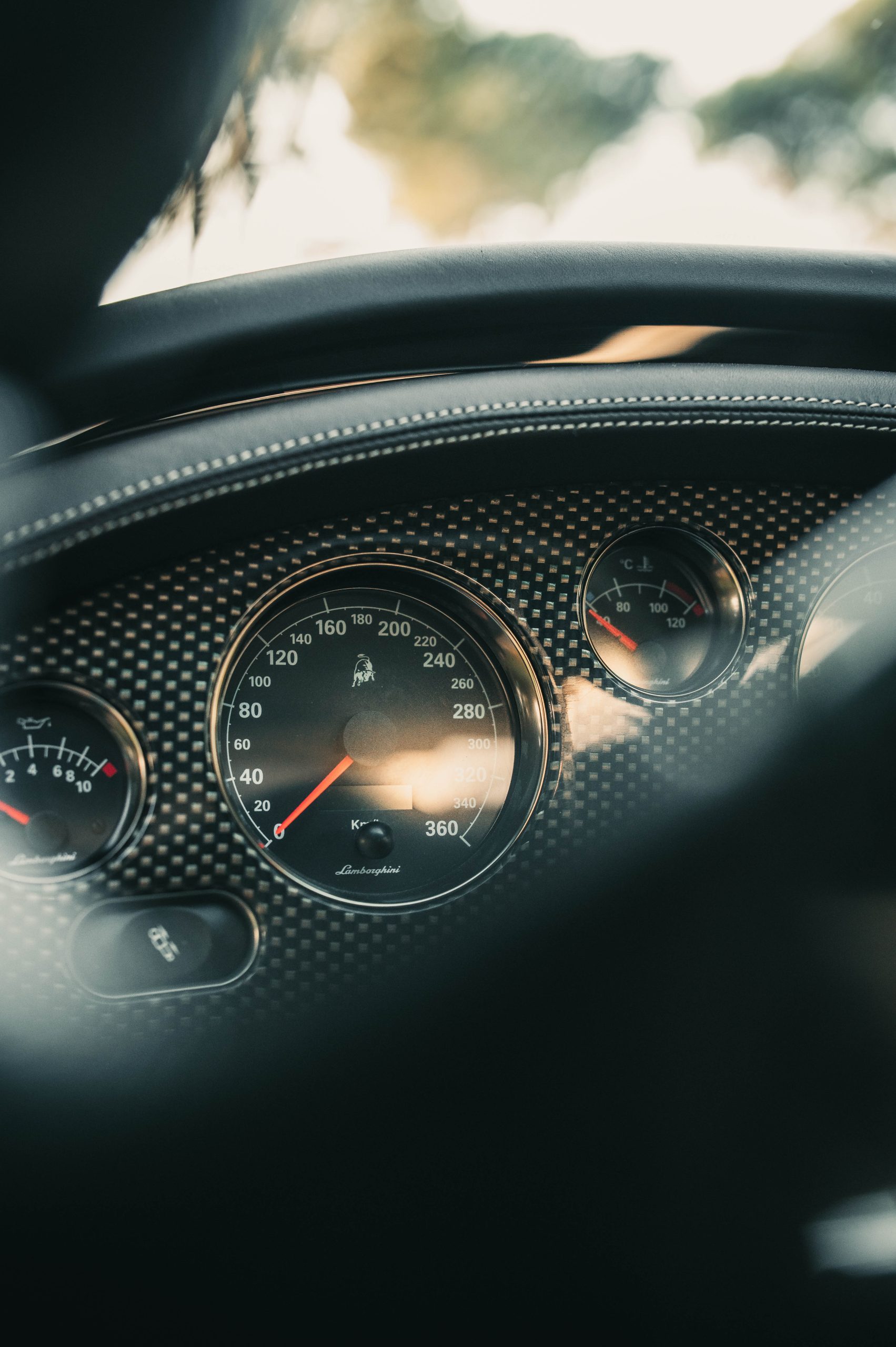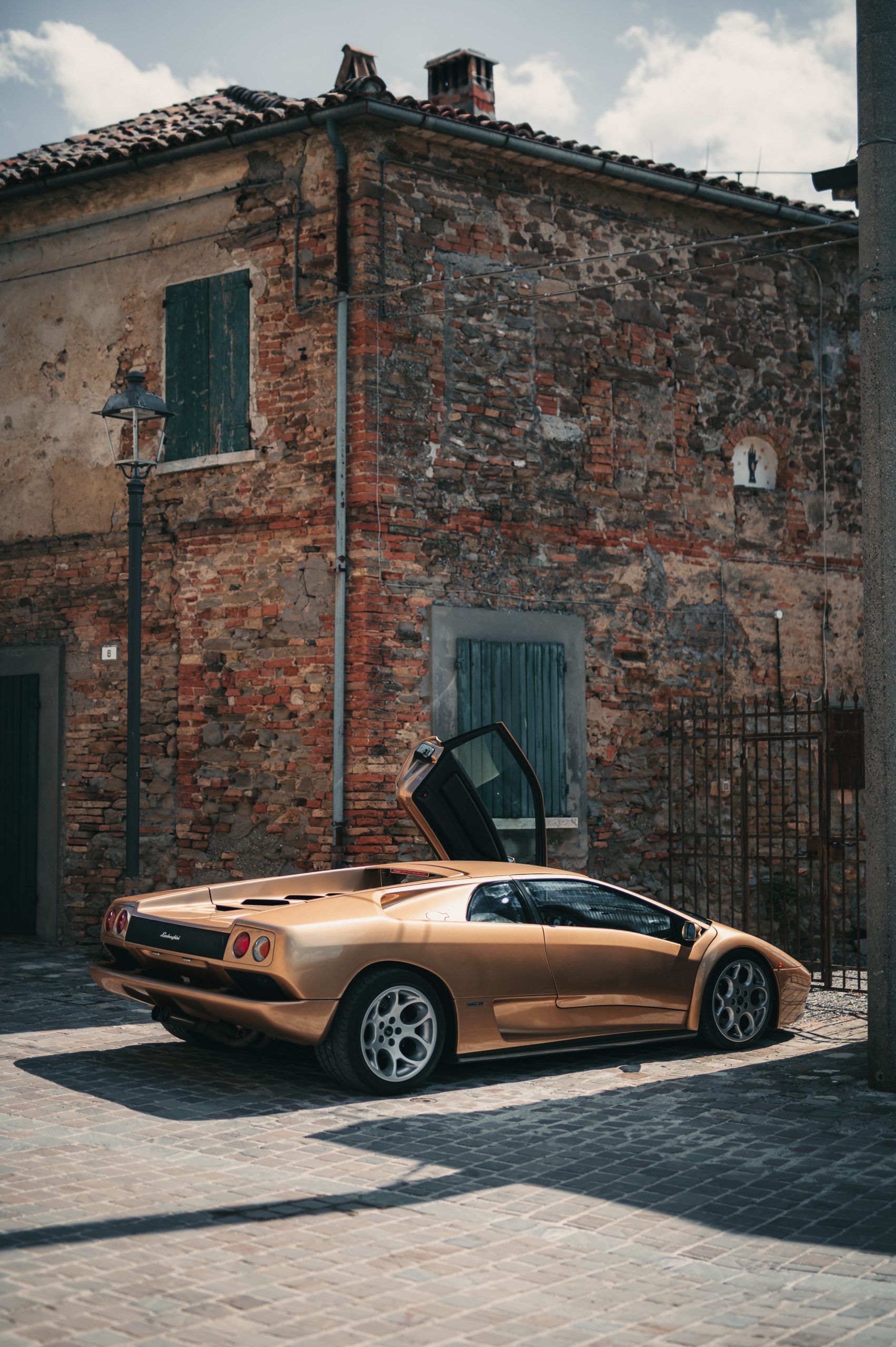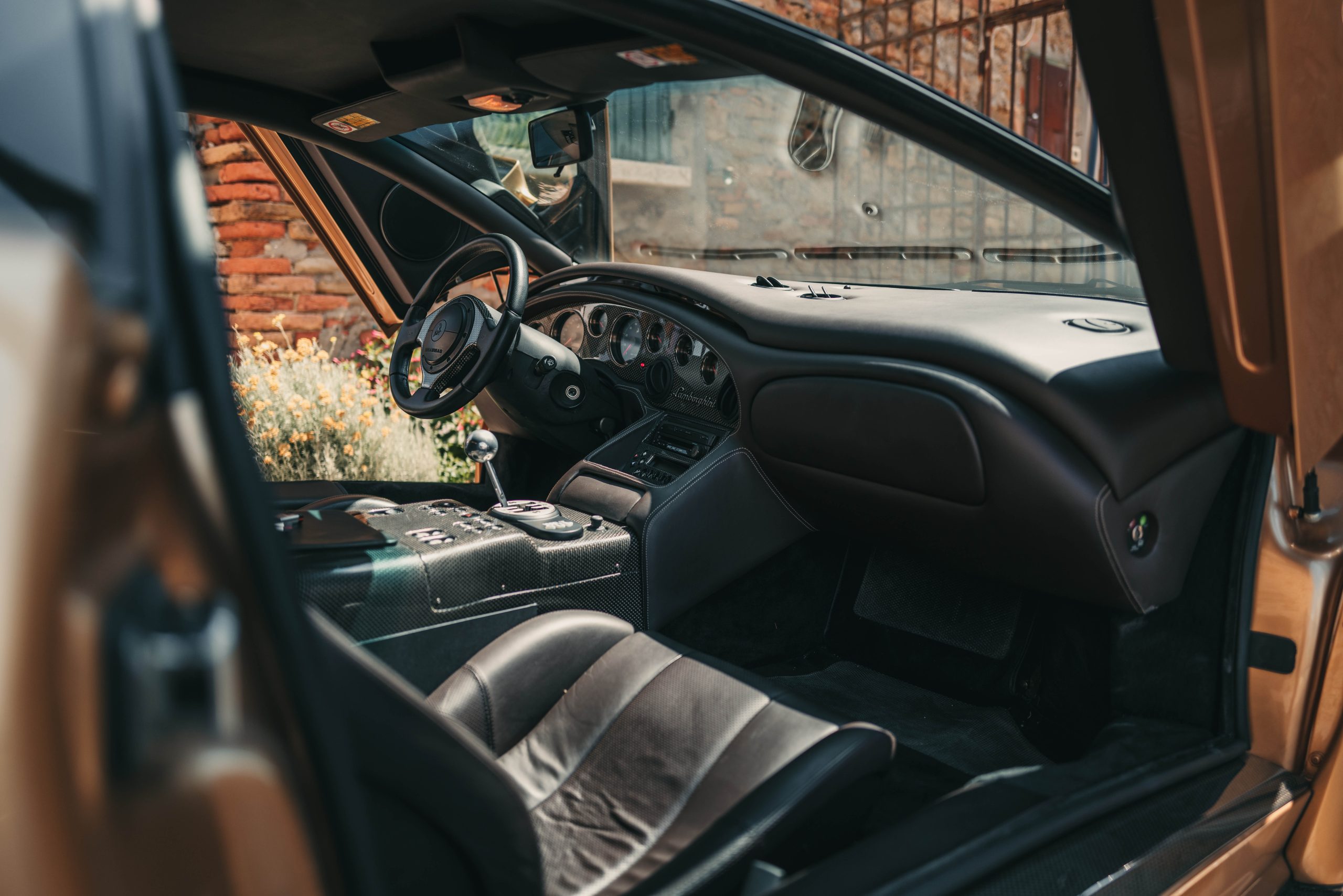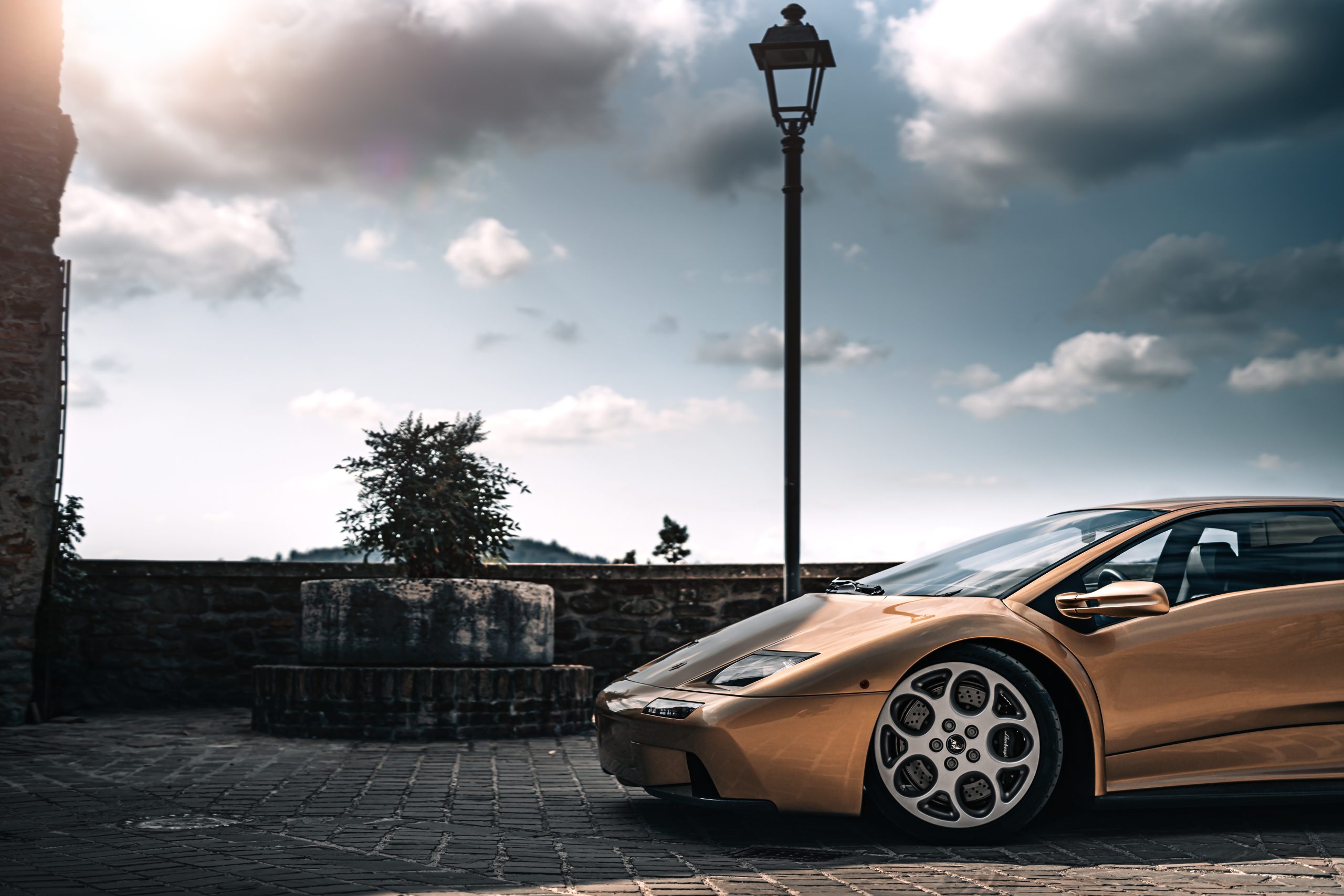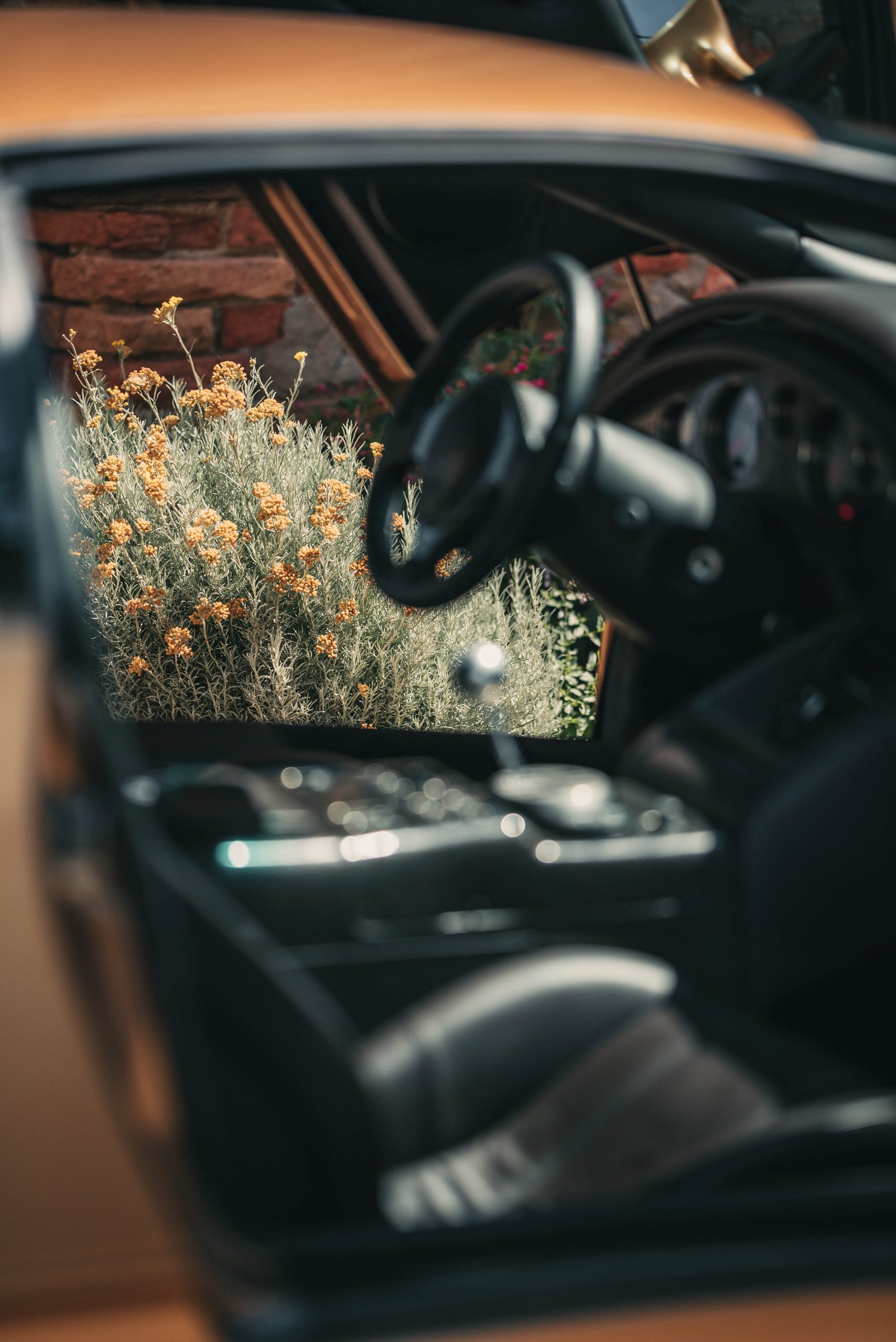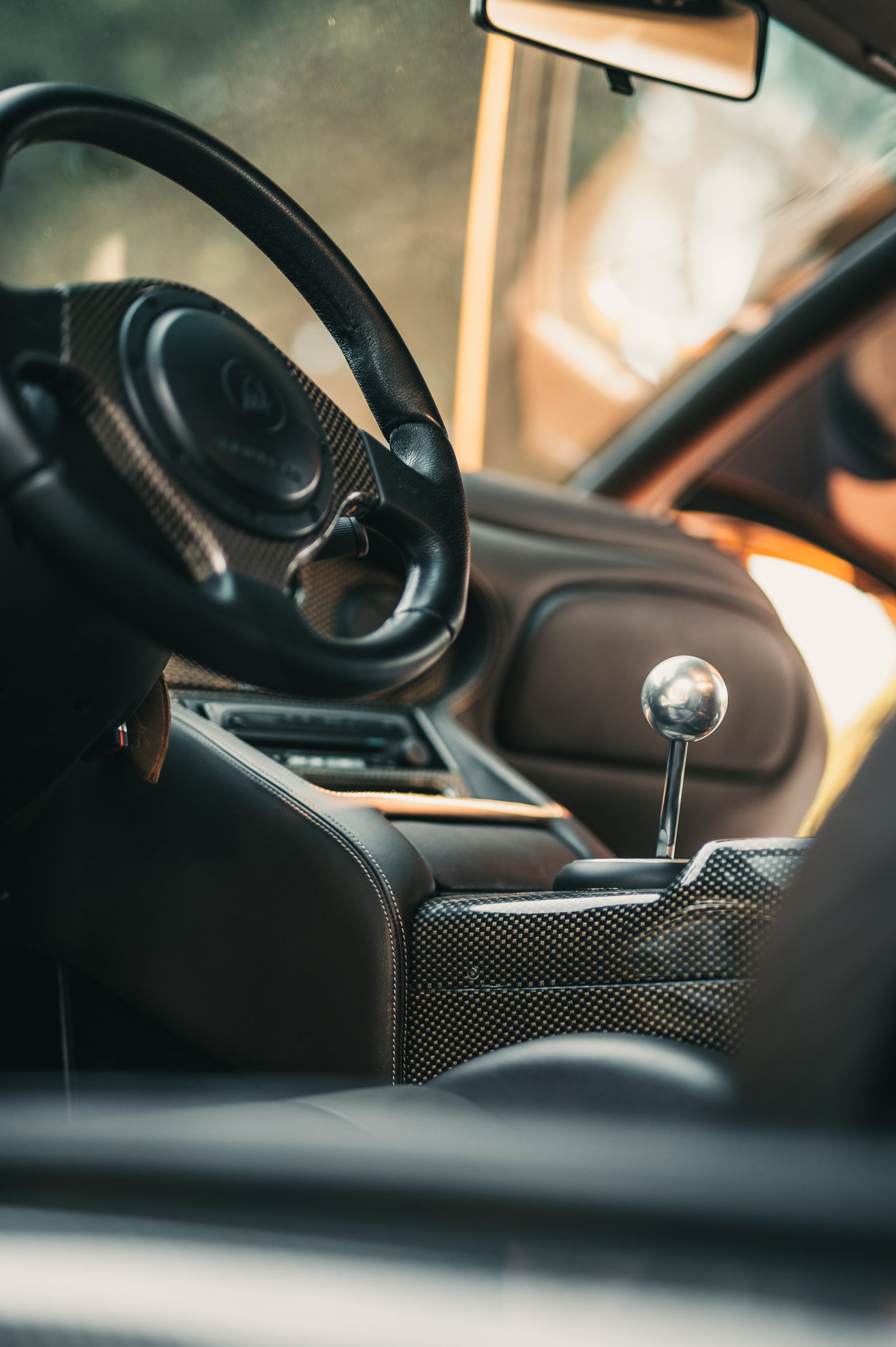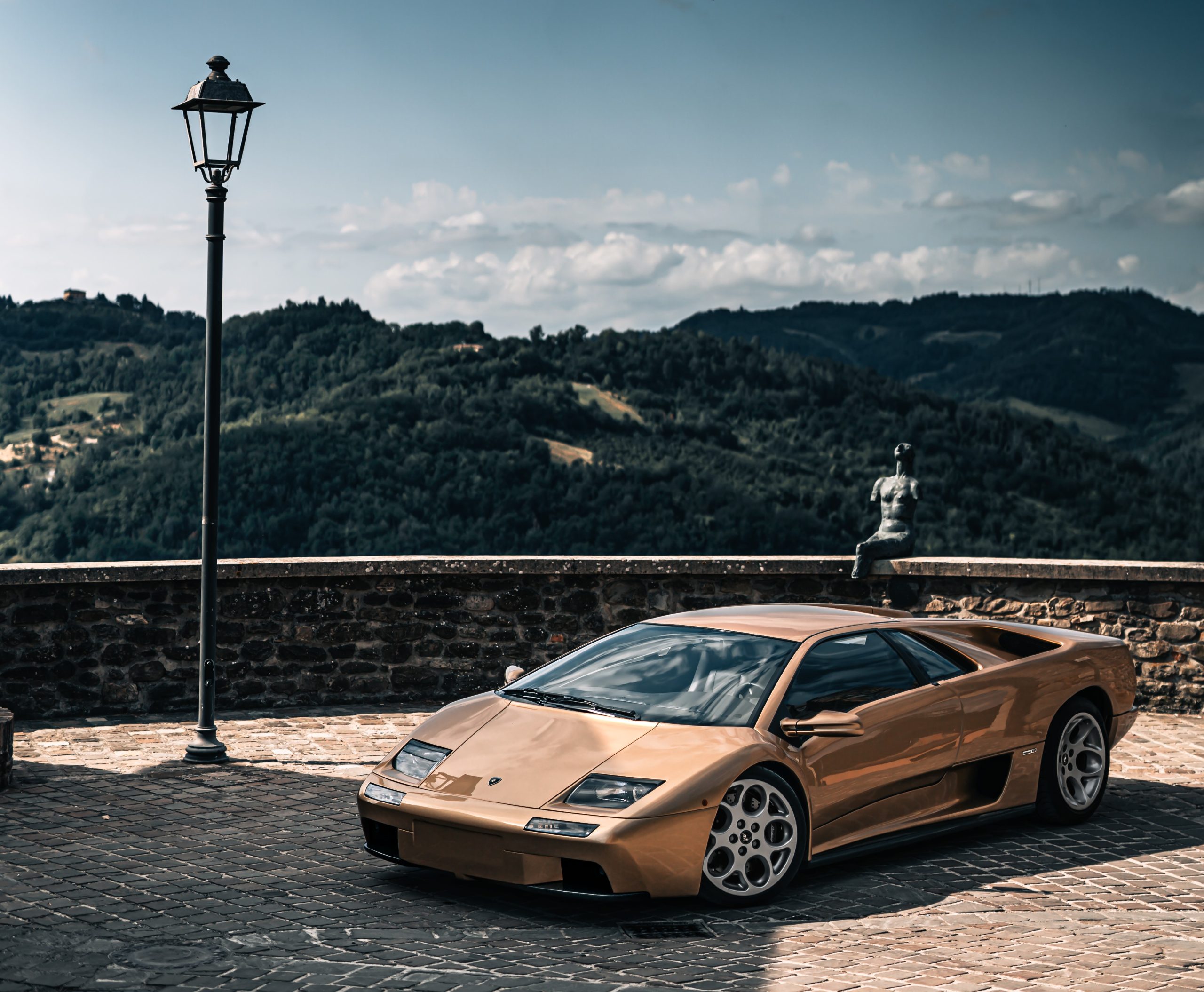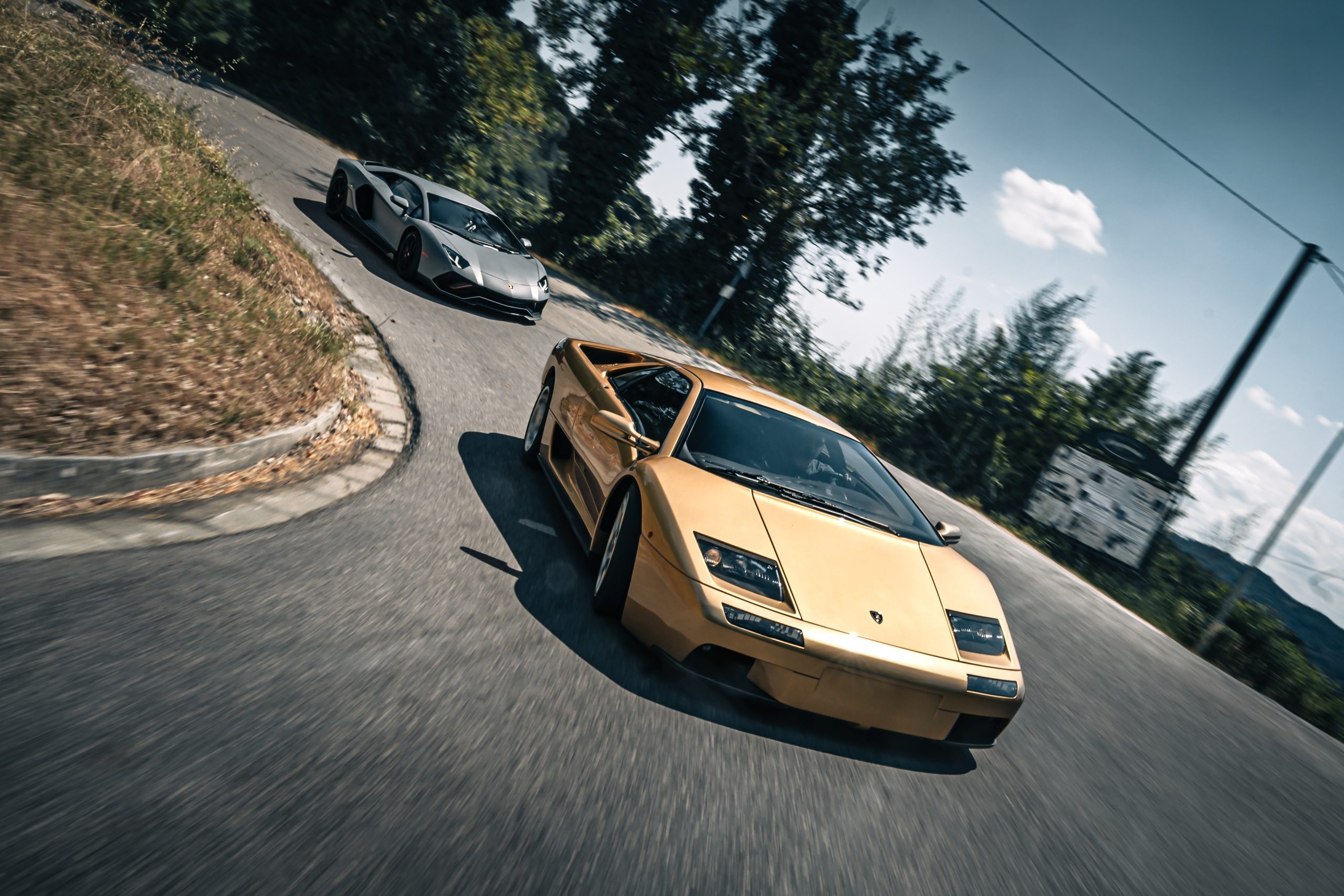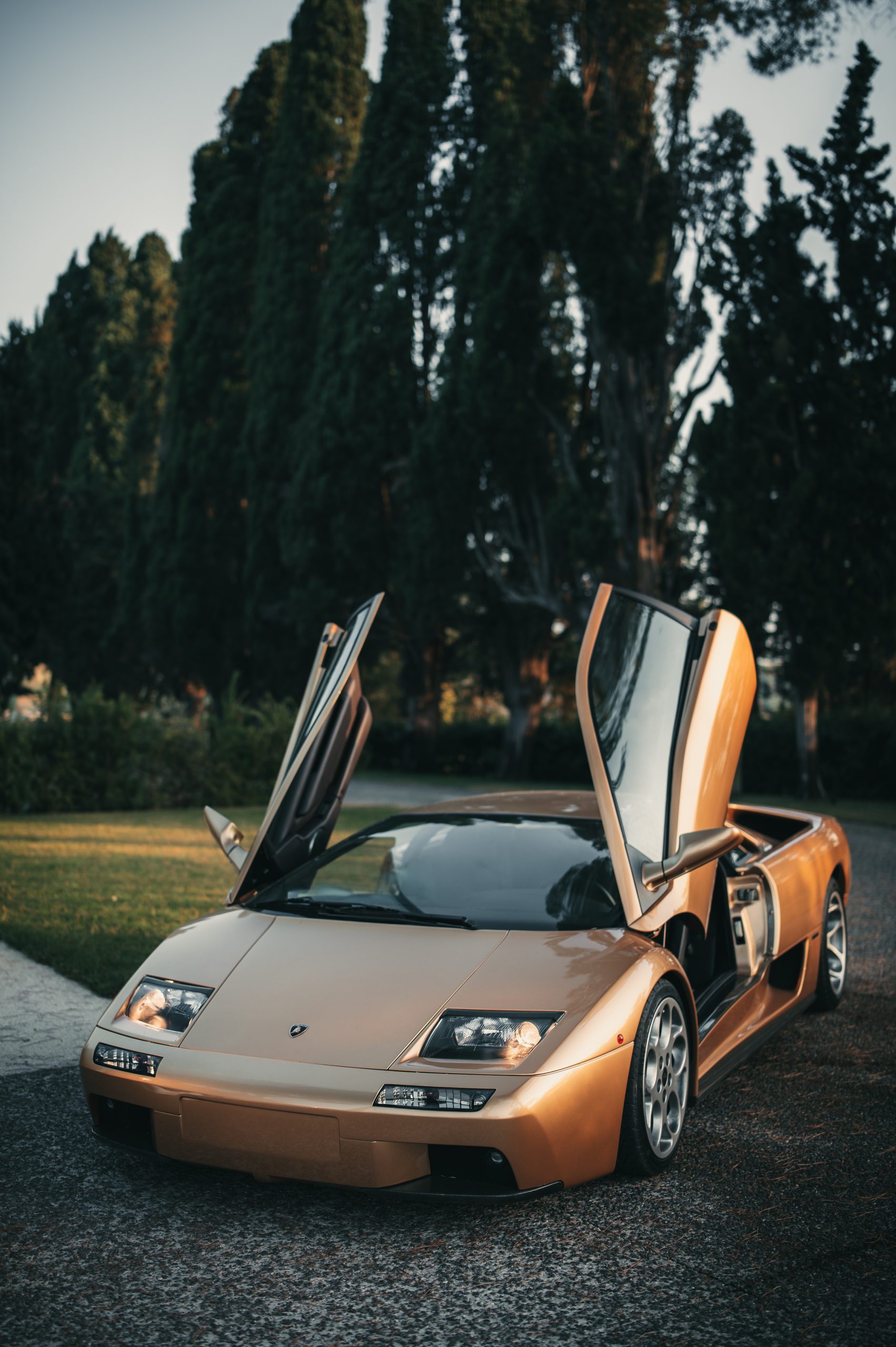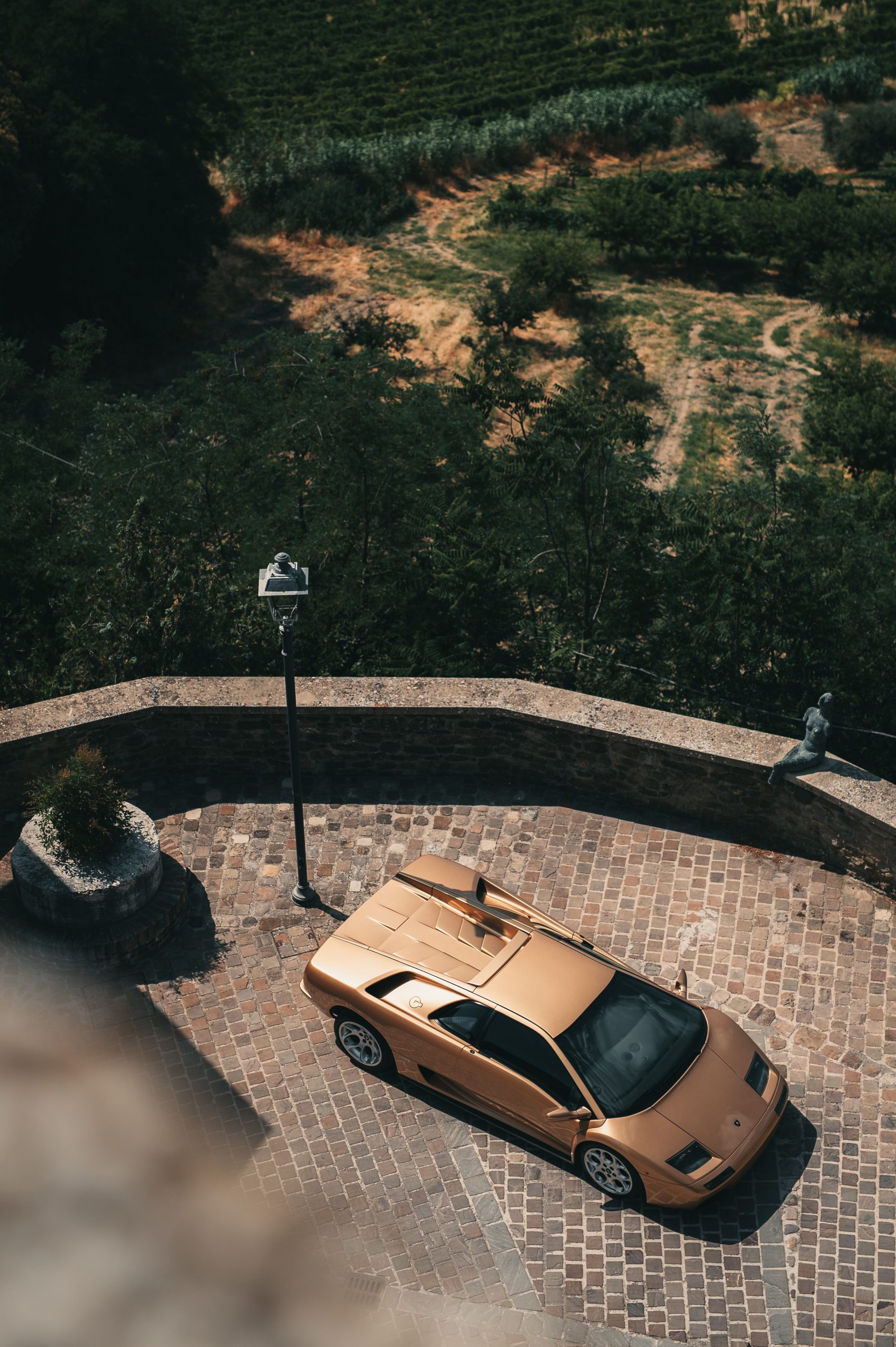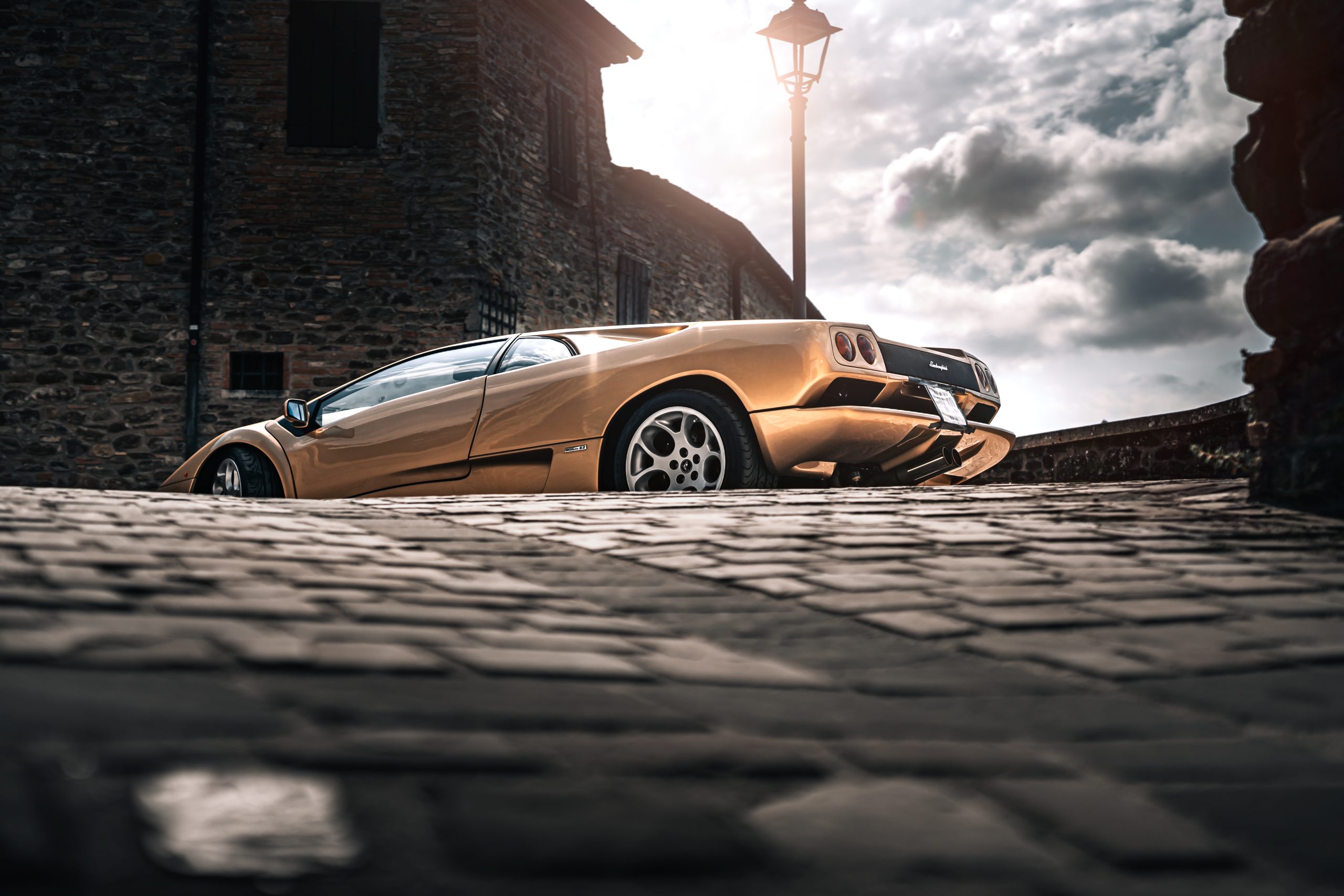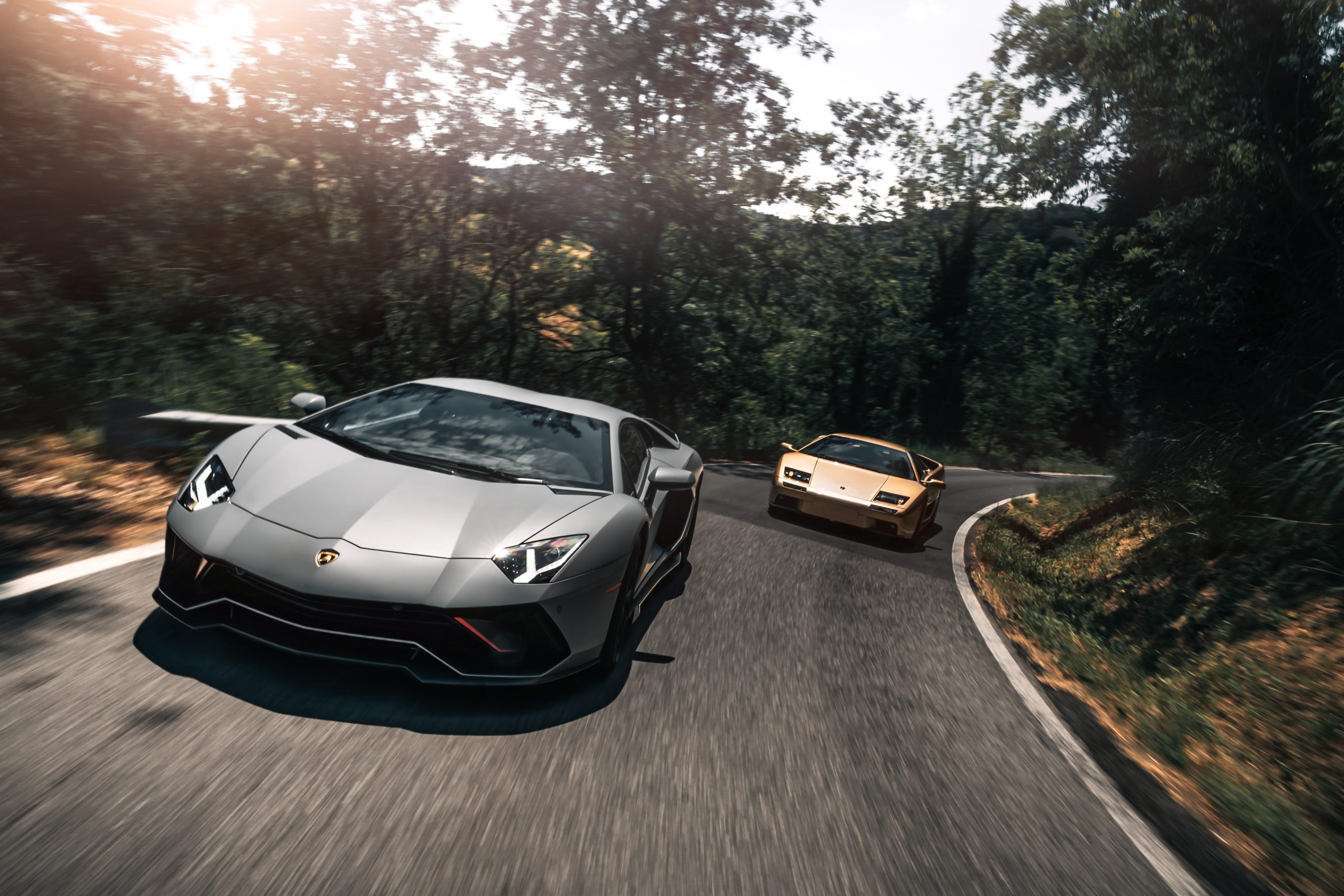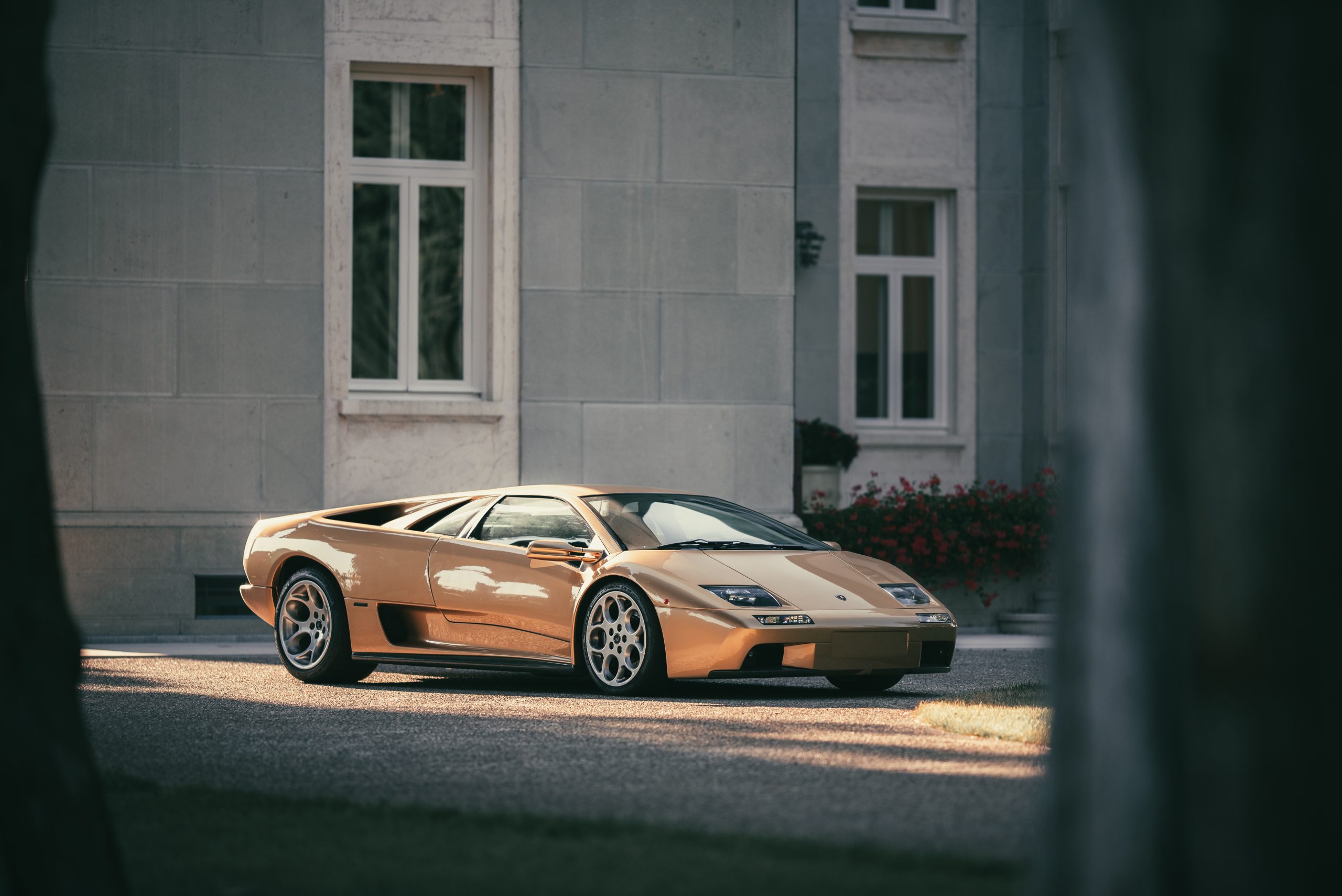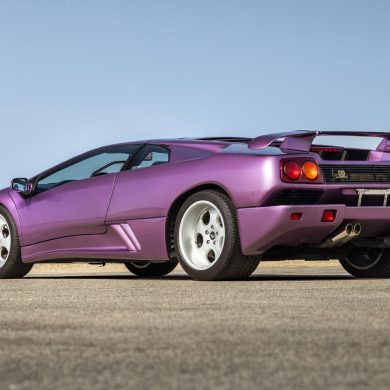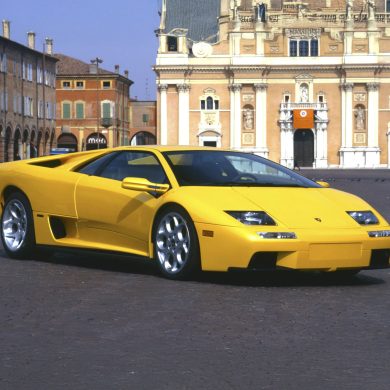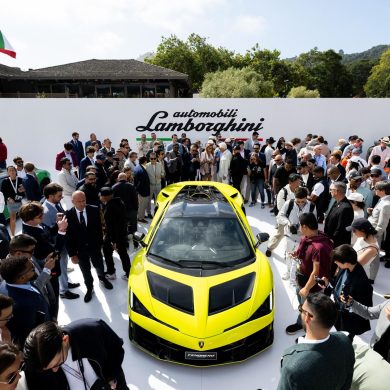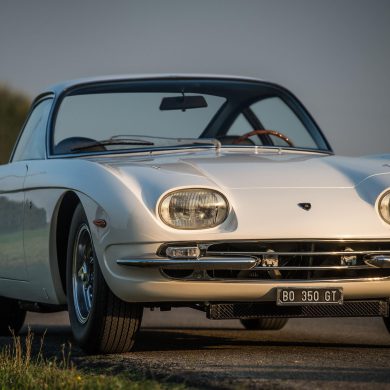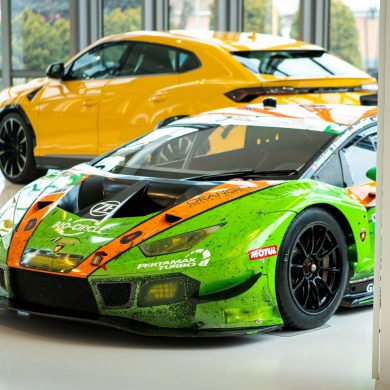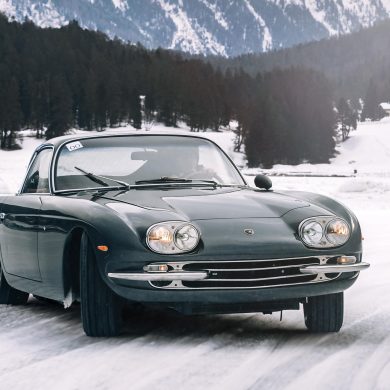In 2022, Lamborghini is paying tribute to the V12, the legendary 12-cylinder engine that has been the heart of their most iconic models for almost 60 years. The Lamborghini Diablo is one model that was equipped with this engine. It is the first four-wheel drive Lamborghini super sports car. Officially launched on January 21, 1990 as they celebrated Lamborghini Day at the Sporting in Monte Carlo, the Diablo was so innovative that it was first identified as a series production hypercar. Initially, it was powered by a 5.7-liters 12-cylinder engine that was eventually upgraded to 6.0-liters. It had a maximum power output of almost 600 HP in the road-going versions while the track-ready GT1 Stradale model had 655 HP. Only two units of the GT1 Stradale model were produced.
Before the end of 2022, the “pure” V12 combustion engine in its final form will be put out of production. The last model that will be equipped with this engine is the Aventador Ultimae. Starting next year, 2023, the successor of the Aventador will be equipped with a new plug-in hybrid version of the V12 engine.
11 Years of Commercial Success
In the hearts of enthusiasts and in the history of Automobili Lamborghini, the Diablo holds a very special place. It did not only deliver amazing performance and a superb driving experience, it was the model that brought Automobili Lamborghini into the modern era.
Internally known as Project 132, it was created in 1985 as a replacement to the Countach, so the expectations were high. The Diablo had to show the real power of the Sant’Agata-based automaker, look sporty and muscular yet beautiful and appealing, and it also had to be future proof so that it will stay as the fastest production car in the world for several years. Even during its initial tests, the Diablo had impressive handling, and through intense development that former Rally World Champion Sandro Munari was part of, it became a very successful car.
Its commercial life lasted until 2001, and throughout those years, the Diablo has shown its ability to adapt to market demands as well as the expectations of its customers. During the 11 years it was in production, Lamborghini was able to produce 2,903 units making the Diablo a huge success.
Development of the V12 Engine
The 60o V12 engine is the technical cornerstone of the Diablo. It came from the 3.5-liter engine from 1963, and through the years have been increased to 5.7 liters. The larger size is actually the engine size of the Diablo when it was released. In the 5.7-liter configuration, the rear longitudinal position with catalytic converter produced a maximum power of 492 HP at 6800 rpm, and 580Nm of torque at 5200 rpm. It was equipped with a Lamborghini-Weber Marelli LIE electronic fuel injection.
In 1999, the engine size was increased to 6.0-liters initially with the Diablo GT and later on also in the Diablo 6.0 SE. Adding the updated fuel injection calibration, it was able to reach 525 HP and 605 Nm of torque.
Second Series Diablo: Faster and More Powerful
In 1998, Audi bought the company, and it was a real turning point for Lamborghini as they finally had enough resources to develop a more refined industrial plan. They were able to gain access to technology and components that they never before imagined. Luckily, Audi also saw the potential of the Diablo and knew that it was a product worth keeping and further developing.
This brought on the birth of the second series of the Diablo, created in the brand-new internal Centro Stile. Thanks to the bigger V12 6-liter engine, it was even faster and more powerful. Aside from the performance, it was also give more luxurious finishes while also improving on its reliability during daily driving brought about through rigorous quality control during the design, testing, and production phase.
1993: Diablo VT, First Four-wheel Drive Lamborghini
Though refined, the mechanics of the Diablo was still traditional; made up of rear longitudinal engine matched with four chain-driven camshafts, electronic fuel injection, mechanical transmission, and rear-wheel drive. It was only in 1993 when power steering was introduced and the electronics then only managed the engine.
In 1993, Lamborghini’s first four-wheel drive super sports car was presented in the Diablo VT. It became the benchmark in terms of roadholding and driving safety in all conditions.
The VT in Diablo VT stands for “Viscous Traction” since it is through a viscous coupling that the torque is transferred from the rear axle to the forecarriage. Using this system, the VT is typically a rear-wheel drive vehicle with up to 20% transfer to the front wheels, only if the rear wheels slip through a viscous coupling and a propeller shaft connected to the front differential. Another innovation was introduced by Lamborghini through the VT, electronically-controlled suspension that has fire pre-set operation programs to choose from.
1995: Diablo Roadster, First 12-cylinder Open-top Lamborghini
Though there have been attempts in previous years, most open top versions of the Diablo stayed as one-off versions. This changed in 1995 when Lamborghini produced the open top versions. The Diablo Roadster made its debut in December 1995, equipped with a carbon fiber Targa Top hidden by the engine cover when down.
Racing
The Diablo made Lamborghini’s successful return to racing possible. In 1996, during the 24 Hours of Le Mans, the Diablo made its debut at the Super Sport Trophy racing championship (later on to be called the Super Trofeo). Lamborghini produced a total of 34 550 HP Diablo SV-Rs for gentlemen drivers that were competing in one-hour races.
Diablo in the Silver Screen
The Diablo was showcased in numerous films. One of the most memorable scenes in the silver screen came from the Hollywood movie “Dumb & Dumber” which starred Jim Carrey and Jeff Daniels where they were seen arriving to the hotel in a red Diablo.
It was also seen in the 2001 movie ‘Exit Wounds” directed by Andrzej Bartkowiak, starring “DMX” Earl Simmons and Anthony Anderson. In the movie the 1999 Diablo VT Roadster stole the scene in the car showroom where it was featured having an exciting engine “rev up” and was subsequently bought in cash.
The Diablo’s popularity was not limited to films as it was also in the video game “Need for Speed III: Hot Pursuit” where it featured the Diablo SV.


